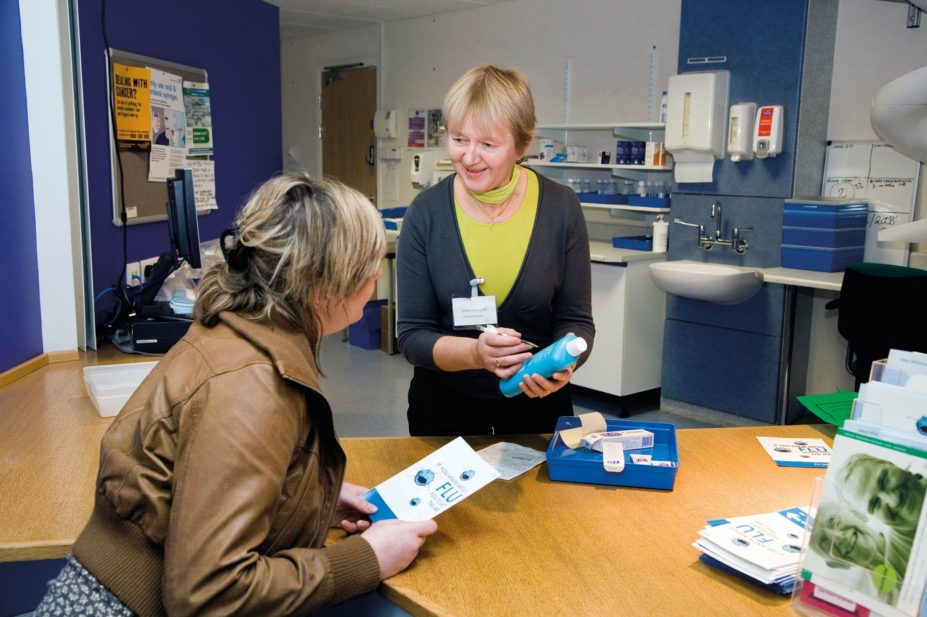
Mark Thomas / Science Photo Library
A new study has highlighted the value and safety of services provided by pharmacist independent prescribers to hospital patients, including those in critical care.
Published online in the European Journal of Hospital Pharmacy, the paper, ‘Pharmacist prescribing in critical care: an evaluation of the introduction of pharmacist prescribing in a single large UK teaching hospital’, found that pharmacists contributed to a “significant proportion of total prescribing”.
Their prescribing activity was “also safe with a very low error rate recorded”, researchers found.
According to the study’s authors, pharmacist independent prescribers demonstrated, “a high degree and wide-ranging scope of prescribing activity in general critical care patients”.
Suzanne Scott-Thomas, clinical director and head of medicines management at Cwm Taf University Health Board said: “We welcome the findings from this evaluation which demonstrate the valuable contribution that independent prescribing pharmacists can contribute to patient care in hospital settings.”
The Royal Pharmaceutical Society is adamant that more services of this kind are needed in order to fully integrate the expertise of pharmacist independent prescribers into multidisciplinary models of NHS care.
Researchers evaluated the introduction of pharmacist independent prescribing activity across three general critical care units within a single large UK teaching hospital. Their study identified prescribing demographics, which included the total of all prescriptions, the number prescribed by pharmacists, and the reason for pharmacists’ prescriptions. It also featured the range of medications prescribed, pharmacists prescribing error rates, and the extent of pharmacists’ second ‘clinical check’.
The study of the teaching hospital was a retrospective evaluation of e-prescribing over a one-month period (from May to June 2016). Researchers analysed the data of pharmacists’ prescribing activity including rate, indication, therapeutic class, and error rate.
They found that 5,374 medicines were prescribed to 193 patients during the study. Prescribing pharmacists were available on the units on 60.4% (58/96) of days, during their working hours. They accounted for 576/5374 (10.7%) of medicines prescribed in 65.2% (126/193) of patients.
The majority (342/576) of pharmacist prescriptions were for new medicines. Infections, central nervous system, and nutrition/blood were the top three British National Formulary (BNF) therapeutic categories, accounting for 63.4% (349/576) of all pharmacist prescriptions. The critical care pharmacist prescribing error rate was 0.18% (1/550).
Hospital pharmacists’ achievements in prescribing for patients were “despite staff having less than full service coverage”, the report concluded.
